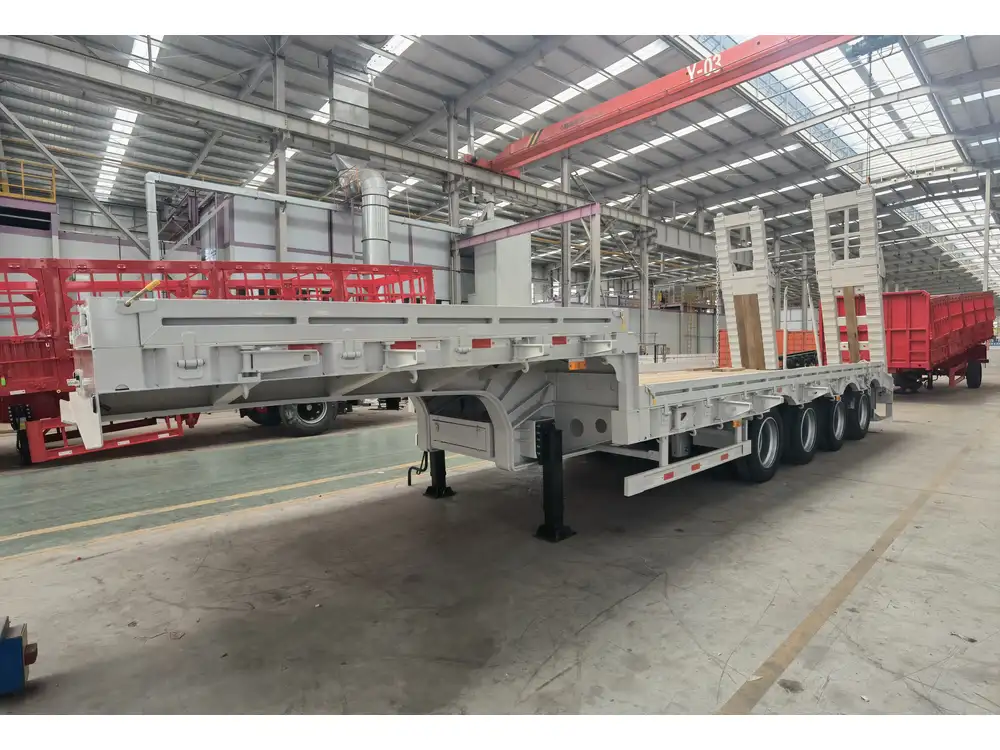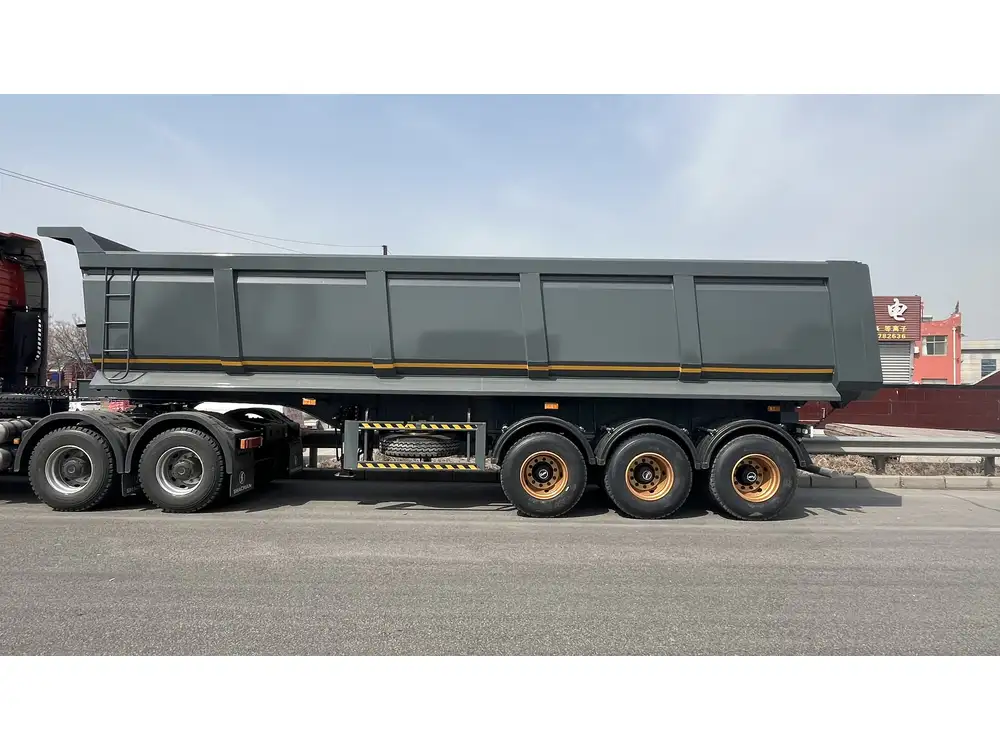Transporting goods via flatbed trailers requires meticulous attention to load securing to guarantee safety, compliance, and efficiency. At CarMax Vehicle, we understand the critical importance of properly strapping a load on a flatbed. This comprehensive guide delves into the methodologies, best practices, and tools essential for securing loads effectively.
Understanding Load Securing: Principles and Regulations
Proper load securing is not merely a best practice; it’s a legal requirement governed by strict regulations. The Federal Motor Carrier Safety Administration (FMCSA) outlines specific guidelines to prevent load shifts that can lead to accidents, cargo damage, and legal repercussions. Key principles include:
- Stability: Ensuring the load remains balanced and does not shift during transit.
- Strength: Utilizing straps and anchor points capable of withstanding the load’s weight and movement.
- Compliance: Adhering to federal and state regulations regarding load dimensions, weight distribution, and securing methods.
Tools and Materials Needed for Strapping a Load
To effectively strap a load on a flatbed, assembling the right tools and materials is paramount. Here’s a comprehensive list:
| Tool/Material | Description |
|---|---|
| Ratchet Straps | Adjustable straps with a ratcheting mechanism for tensioning. |
| Webbing Straps | Non-ratcheting straps suitable for lighter loads and versatile applications. |
| Load Binders | Tools that apply tension to chains or straps, providing secure fastening. |
| Corner Protectors | Padding to prevent straps from cutting into the load or trailer. |
| Tie-Down Hooks | Anchors used to attach straps securely to the trailer. |
| Load Bars | Adjustable bars that help distribute the load’s weight evenly. |
| Load Bars with Cam Buckles | Tools that allow for easy adjustment and securing of the load. |
| Reflective Tape | Enhances visibility of the load, especially under low-light conditions. |

Step-by-Step Guide to Strapping a Load on a Flatbed
Securing a load on a flatbed involves a systematic approach to ensure stability and safety. Follow these detailed steps to achieve optimal load securing.
1. Preparing the Flatbed
Before loading, inspect the flatbed for cleanliness and functionality. Remove any debris that could obstruct the load or damage the cargo. Check the integrity of anchor points, ensuring they are free from rust or damage and securely fastened to the trailer frame.
2. Positioning the Load
Carefully place the load onto the flatbed, centering it to maintain balance. Distribute the weight evenly to prevent undue stress on any part of the trailer. For oversized or irregularly shaped loads, use load bars to support and stabilize the cargo.

3. Selecting the Right Straps
Choose straps based on the load’s weight and type. Ratchet straps are ideal for heavy or bulky items, providing superior tensioning capabilities. Webbing straps are suitable for lighter loads or as secondary supports. Ensure all straps are rated appropriately for the load’s weight.
4. Securing the Load: Techniques
- Diagonal Cross Pattern: Begin by attaching straps diagonally across the load, securing opposite corners. This pattern minimizes load movement and distributes tension evenly.
- Vertical and Horizontal Straps: Incorporate vertical straps for height stability and horizontal straps to prevent forward and backward movement.
- Multiple Straps: Use multiple straps to create a network of tension, ensuring the load remains immobile.
5. Double-Checking and Safety
After securing, double-check all connections and tension levels. Ensure that straps are tight, with minimal slack, and that there is no sagging. Verify that no part of the load extends beyond the trailer edges unless legally permitted, and secure any protruding items with additional straps or barriers.

Best Practices for Load Strapping on Flatbeds
Adhering to best practices enhances the effectiveness of load securing and prolongs the lifespan of your equipment. Consider the following strategies:
- Pre-Trip Inspections: Conduct thorough inspections of both the trailer and the load before departure.
- Regular Tension Checks: Periodically check strap tension during transit, especially on long journeys or rough terrains.
- Use of Edge Protectors: Prevent strap wear and tear by using edge protectors where straps contact sharp edges.
- Proper Strap Routing: Route straps in a way that avoids interference with steering, braking, and other critical vehicle functions.
- Training and Education: Ensure that all personnel involved in loading and securing are adequately trained in best practices and safety protocols.
Common Mistakes to Avoid When Strapping a Load
Even experienced operators can fall victim to common load securing errors. Avoid the following pitfalls to ensure safe and effective transport:
- Insufficient Strap Quantity: Using too few straps can lead to uneven load distribution and increased movement.
- Incorrect Strap Rating: Utilizing straps that aren’t rated for the load’s weight compromises safety.
- Overlooking Load Shifting Points: Failing to identify and secure potential shifting points can result in load instability.
- Ignoring Environmental Factors: Weather conditions, such as high winds or rain, can affect load stability and should be considered when securing loads.
- Neglecting Regular Inspections: Skipping periodic checks during transit increases the risk of unnoticed strap failures or load shifts.
Advanced Load Securing Techniques
For more complex or high-value loads, advanced securing methods offer enhanced protection:
- Load Binding Systems: Utilize multi-point binding systems that anchor the load at several points, providing comprehensive stability.
- Supplementary Padding: Implement padding or cushioning between the load and straps to prevent damage and ensure even pressure distribution.
- Custom-Fabricated Securing Solutions: Tailor securing mechanisms to fit unique load shapes and sizes, ensuring maximum security.
- Automated Tensioning Systems: Invest in automated systems that maintain optimal strap tension automatically, reducing manual intervention and enhancing safety.

Choosing the Right Equipment: CarMax Trailer Solutions
Selecting the appropriate flatbed trailer and securing equipment is crucial for efficient load transport. At CarMax Trailer, we offer a range of high-quality solutions designed to meet diverse transportation needs:
- Heavy-Duty Flatbeds: Engineered for maximum strength and durability, our flatbeds accommodate a variety of load types and weights.
- Integrated Securing Systems: Our trailers come equipped with built-in anchor points and tie-down systems, facilitating easier and more secure load strapping.
- Customization Options: Tailor your trailer with specialized features such as adjustable load bars, retractable ramps, and enhanced safety features to suit your specific requirements.
- High-Quality Straps and Accessories: We provide a selection of top-tier strapping materials and accessories, ensuring your loads are secured with reliable and efficient tools.
Enhancing Safety and Compliance with CarMax Vehicle
Safety and compliance are non-negotiable aspects of load transportation. CarMax Vehicle offers comprehensive support to ensure your operations adhere to all regulatory standards:
- Regulatory Guidance: Stay informed about the latest FMCSA regulations and industry standards with our expert guidance.
- Safety Training Programs: Equip your team with the knowledge and skills needed to secure loads safely and effectively through our tailored training sessions.
- Maintenance Services: Regular maintenance of your trailers and securing equipment ensures optimal performance and longevity, reducing the risk of equipment failure during transit.
- Inspection Services: Benefit from our thorough inspection services to identify and rectify potential issues before they compromise load security.
Conclusion
Securing a load on a flatbed requires a blend of knowledge, proper tools, and adherence to best practices. At CarMax Vehicle and CarMax Trailer, we are committed to providing the resources and equipment necessary for safe and efficient load transport. By following the guidelines outlined in this article, you can ensure your loads remain stable and compliant with regulations, enhancing the safety of your operations and the reliability of your transport services.

Frequently Asked Questions
1. What are the most common types of straps used for securing loads on flatbeds? Ratchet straps and webbing straps are the most commonly used. Ratchet straps offer superior tensioning for heavy loads, while webbing straps are versatile for lighter applications.
2. How often should I inspect my straps and securing equipment? Straps and securing equipment should be inspected before each use for signs of wear, damage, or defects. Additionally, conduct periodic comprehensive inspections during long trips, especially after hitting rough roads.
3. Can I use ratchet straps without additional load bars? While ratchet straps alone can secure some loads, using them in conjunction with load bars provides added stability and helps distribute the load’s weight evenly across the flatbed.
4. What should I do if my load shifts during transit? If a load shifts, safely pull over and assess the situation. Redress and resecure the load, ensuring all straps are properly tensioned and that the load is balanced correctly before continuing your journey.
5. Are there specific regulations for oversized loads on flatbeds? Yes, oversized loads are subject to additional regulations, including special permits, routing restrictions, and enhanced securing methods. Consult with regulatory authorities and ensure compliance with all applicable laws before transporting oversized items.



